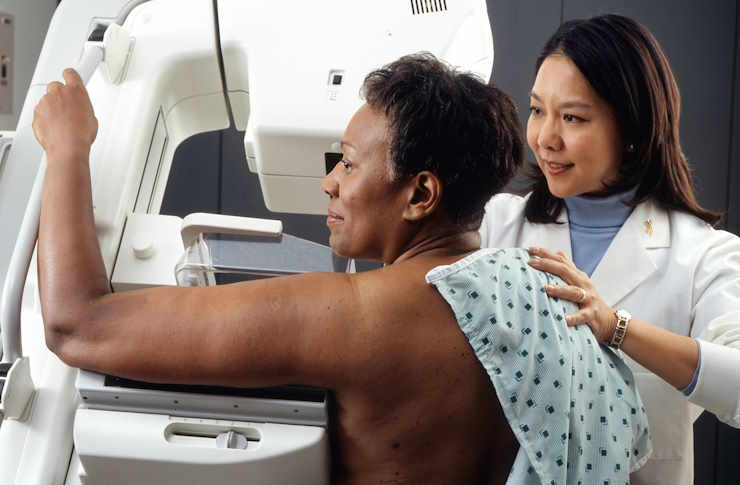Melanoma Treatment: Options and What to Expect
Melanoma is a form of skin cancer that develops from pigment-producing cells called melanocytes. Early-stage melanoma is often curable with surgery, while advanced disease may require systemic therapies. Understanding typical treatments, how decisions are made, and follow-up care can help patients and caregivers set realistic expectations and prepare for discussions with clinicians.

This article is for informational purposes only and should not be considered medical advice. Please consult a qualified healthcare professional for personalized guidance and treatment.
What is melanoma and how is it diagnosed?
Melanoma begins in melanocytes and can appear as a changing mole or a new dark spot on previously clear skin. Diagnosis typically starts with a clinical exam and a history of changes in a mole or lesion, including size, color, border irregularity, or symptoms such as bleeding or itching. Definitive diagnosis requires a biopsy—most often an excisional biopsy where the entire suspicious mole is removed and examined under a microscope. Pathology reports describe tumor thickness (Breslow depth), ulceration, and other features that guide staging and treatment planning.
What local surgical options address skin tumors?
For most localized melanoma, wide local excision is the primary treatment: the surgeon removes the tumor plus a margin of normal-appearing skin to reduce recurrence risk. Margin width depends on tumor thickness. For some head and neck or cosmetically sensitive sites, specialized techniques such as staged excisions or reconstruction may be used. If pathology suggests potential spread to nearby lymph nodes based on depth or other risk factors, a sentinel lymph node biopsy (SLNB) is often recommended at the time of surgery to check for microscopic spread and to inform staging and further therapy decisions.
When is systemic therapy used for melanoma?
Systemic therapies are used when melanoma has spread beyond the primary site or lymph nodes, or when a patient’s risk of recurrence is high. Two main modern systemic approaches are immunotherapy and targeted therapy. Immune checkpoint inhibitors (for example, medicines that block PD-1) boost the body’s immune response against cancer cells. Targeted therapies act on specific genetic changes in the tumor, such as BRAF V600 mutations, and are effective in patients whose tumors carry those alterations. The choice of systemic therapy depends on disease stage, mutation testing, overall health, and prior treatments.
How should changes in a mole or sunburn be evaluated?
A changing mole is one of the most important signals to have evaluated. Use the ABCDE framework—Asymmetry, Border irregularity, Color variation, Diameter greater than 6 mm, and Evolving features—to recognize suspicious lesions. Severe or repeated sunburns, especially during childhood, increase lifetime risk of skin cancer, including melanoma; sunburns are considered a modifiable risk factor. Any mole that changes in size, color, or sensation after sun exposure, or a new lesion that looks different from other moles, should prompt a visit with a dermatologist or primary care clinician for evaluation and possible biopsy.
What follow-up, monitoring, and supportive care are recommended?
Follow-up after melanoma treatment includes regular skin exams, education on self-skin checks, and sometimes imaging studies based on stage and symptoms. Dermatologists and oncologists tailor surveillance intervals to the initial tumor stage and risk factors. Preventive advice includes sun-protective behaviors (broad-spectrum sunscreen, protective clothing, avoiding tanning beds) to reduce future risk. Psychosocial support, wound care after surgery, and management of side effects from systemic therapies (e.g., fatigue, immune-related inflammation) are integral parts of care. Participation in clinical trials may be an option for eligible patients with advanced disease.
Conclusion
Melanoma treatment varies by stage, tumor biology, and patient factors: early surgical excision is curative for many, while advanced disease may require immunotherapy, targeted agents, or other systemic approaches. Early detection through mole monitoring, prompt biopsy of suspicious lesions, and preventive sun protection are central to reducing melanoma-related morbidity. Conversations with dermatology and oncology teams will clarify the most appropriate plan for each individual case.






